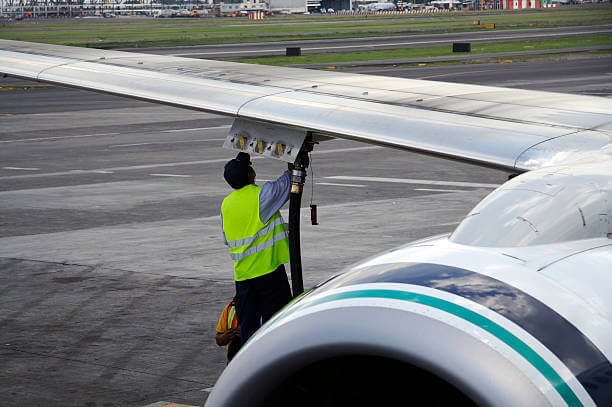E3 Aviation’s Call to Action:
Navigating the Future
of Unleaded Avgas
As the aviation clock ticks, E3 Aviation rallies the industry for transparency and urgency in the pursuit of a viable replacement for primary unleaded avgas. The General Aviation Manufacturers Association (GAMA) recently hosted the EAGLE roundtable, where industry leaders, co-chaired by Mark Baker of the Aircraft Owners and Pilots Association and Lirio Liu of the FAA, deliberated on progress and challenges.
With a commitment to sunset leaded fuel by 2030, E3 Aviation, alongside key manufacturers including Piper Aircraft, Textron Aviation, CubCrafters, and Lycoming Engines, is at the forefront of this critical mission. The urgency is palpable, amplified by the Environmental Protection Agency’s proposed finding on leaded aviation fuel in October 2022, setting the stage for a final ruling expected by the end of 2023.
Fueling the Future: Paths to Approval
In the quest for a viable replacement, four candidate fuels are undergoing development and testing, each charting a unique course. The first follows the FAA’s Piston Aviation Fuel Initiative (PAFI), showcasing collaboration with ASTM standards. Notable entities like Afton Chemical/Phillips 66 and Lyondell/VP Racing are in the evaluation process for 100-octane fuel under PAFI, with full-scale engine durability testing expected to conclude by July.
The alternate path, the Supplemental Type Certificate (STC) process, involves Swift Fuels’ 100R and GAMI’s G100UL. GAMI has received FAA STC approval, anticipating wider availability in 2024 after logistical considerations in 2023. Cirrus is already testing GAMI G100UL, emphasizing a methodical approach in this pivotal transition.
Beyond Octane: Unveiling Key Considerations
Shannon Massey of Lycoming Engines underscores the pivotal role of unleaded fuels, especially for high-octane-dependent engines serving as the workhorses of the fleet. Regardless of the approval pathway, Massey advocates for industry involvement, emphasizing the need for understanding specific tests and engine models’ evaluations.
As the industry seeks alternatives to tetraethyl lead (TEL), concerns surface regarding toxicity, material compatibility, stability, vaporization, density, fuel controls, and repeatability. Transparency in chemical composition evaluation, especially regarding potentially carcinogenic aromatics, is crucial to ensuring a safe and environmentally friendly transition.
Charting the Course Forward
Amid expectations for high-octane unleaded fuel, FBOs await the market’s verdict. Curt Castagna of NATA highlights the industry’s unified goal of lead removal and emphasizes the necessity of a mature production specification for unleaded avgas. As the EPA’s endangerment finding looms, the industry remains resolute in its commitment to EAGLE’s methodical and transparent transition plan, avoiding premature actions that could jeopardize communities and airports.
E3 Aviation invites aviation enthusiasts to join this transformative journey, where a vibrant community shapes the future of aviation, ensuring a seamless and environmentally conscious transition to unleaded avgas by 2030.
READ MORE ARTICLES LIKE THIS INSIDE THE MEMBERS PLATFORM
As an E3 Aviation member, you get access to TONS of informative aviation articles and content. Sign Up or Log In today and enjoy all of the tools, resources, product discounts, community and entertainment that E3 Aviation Association offers.

